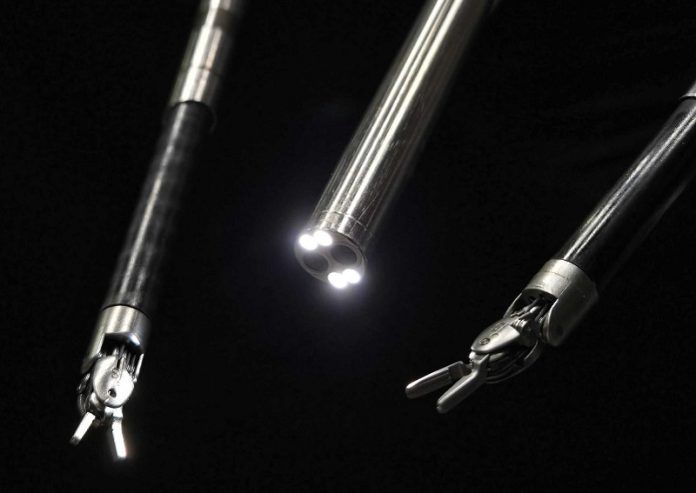
In a groundbreaking moment for medicine and artificial intelligence, a surgical robot has successfully performed a realistic portion of a gallbladder removal without any human assistance.
What makes this especially remarkable is that the robot not only followed instructions, but also adapted to unexpected situations and learned from spoken feedback—much like a trainee surgeon working alongside a mentor.
This achievement, led by researchers at Johns Hopkins University, marks a major leap toward the future of autonomous surgery.
The robot, called Surgical Robot Transformer-Hierarchy (SRT-H), didn’t just follow a script. It observed real surgical videos, listened to voice commands from the surgical team, and adjusted its actions on the spot to deal with changes and challenges during the procedure.
According to Axel Krieger, the medical roboticist leading the project, the breakthrough is in teaching the robot to truly understand surgery, not just repeat steps.
He compares earlier systems to robots trained to drive a specific route, while the new robot is more like a smart driver navigating unfamiliar roads in unpredictable weather.
SRT-H is built using the same type of machine learning that powers ChatGPT. This means it can not only watch and learn from surgical videos, but also respond to spoken commands like “grab the gallbladder head” or corrections like “move the left arm a bit to the left.”
This level of interaction and learning was unheard of in surgical robots until now.
In past efforts, robots could only perform small, pre-planned tasks like lifting tissue or stitching. But gallbladder removal is much more complex.
The robot had to identify specific parts of the anatomy, place clips in precise spots, and cut tissues—all tasks that require careful decision-making and steady hands. SRT-H learned these steps by watching videos of real surgeons performing the procedure on pig cadavers, with captions added to help it understand the actions.
After training, the robot was tested in more realistic conditions using lifelike surgical models. It completed the surgery with 100% accuracy, even when the researchers changed its starting position or added fake blood to obscure its view. Though it worked more slowly than a human surgeon, the quality of the results matched that of an expert.
The study, published in Science Robotics, proves that fully autonomous surgery is no longer a distant dream.
The research team now plans to expand the robot’s abilities to cover full surgeries and test it on a wider range of procedures. As co-author and surgeon Jeff Jopling noted, it’s like training a surgical resident one step at a time—except this trainee is a robot.



